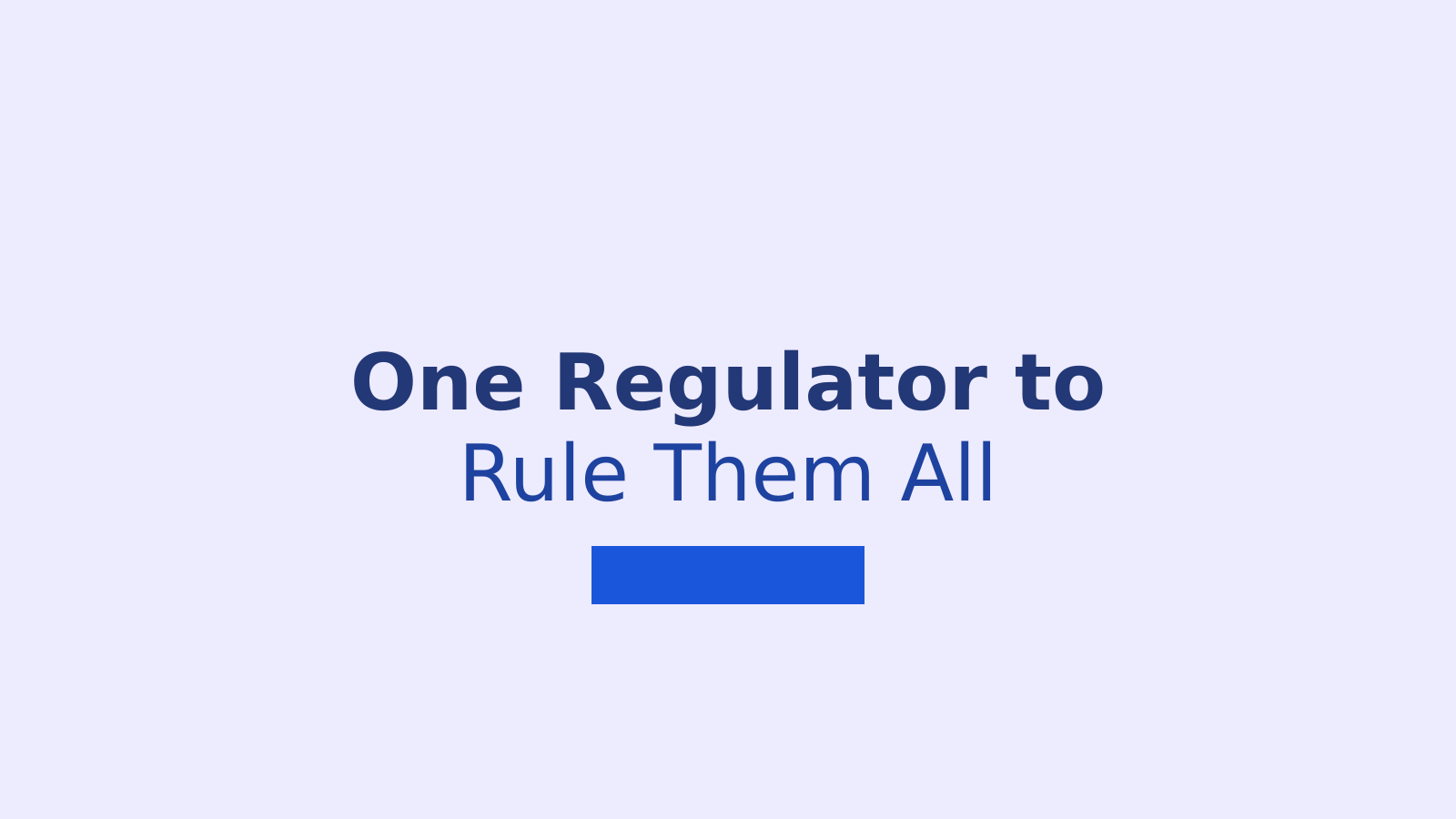Mains
Polity/Governance
Divorced Muslim women entitled to secular remedy: SC
Context
Recently, the Supreme Court held that divorced Muslim women are entitled to maintenance under Indian Laws.
About
Supreme Court Judgement
● The apex court held that divorced Muslim women are entitled to maintenance under the “secular” Section 125 of the Code of Criminal Procedure against their former husbands.
● The court was responding to a plea by senior advocate Gaurav Agrawal. The court also held that a remedy under the secular statutory provision of Section 125 of the Cr.PC cannot be foreclosed for divorced Muslim women by the enactment of a personal law remedy under the Muslim Women (Protection of Rights on Divorce) Act, 1986.
● A divorced Muslim woman is entitled to all rights of maintenance available to other equally situated women in the country.
What does the Muslim Personal Law tell?
● In India, Muslims are governed by the Shariat Application Act which is based on Sharia. Shariah Act 1937 and the Muslim Women (Protection of Rights on Divorce) Act 1986 are other laws which govern the personal laws of Muslims in India.
● Under Muslim Personal Law, a woman is entitled to maintenance only till the end of the Iddat period.
● Iddat Period: Iddat is the period when co-habitation of the parties ends (Generally Six Months after divorce is pronounced), on the expiry of Iddat the spouses will stand divorced.
● The period of Iddat consists of three menstrual cycles or three lunar months, in the case of pregnant women, the Iddat period would extend up to the time of delivery.
Conflict between CrPC and Muslim Personal Laws
● There is a direct as the CrPC does not recognise the Iddat period and maintenance goes beyond the same.
● The CrPC calls for lifelong maintenance which is against the Muslim Personal laws.
Conclusion
There is a continuous conflict between the Indian laws and the personal laws of different religions. The argument is bound by some of the articles of the Indian constitution such as Article 25 which guarantees freedom of religion. However, the ‘Right to Equality’ also governs the equality for all. Hence, the Supreme Court judgment must be seen as a historic move as it has provided the right way towards the maintenance guaranteed to Indian Women.
Source: The Hindu
Cover
Geography
India’s Demographic Journey: The Pathway towards Development
Context
On World Population Day, India must introspect its way as a World’s Most Populous Country.
About
● In April 2023 India became the world’s most populated country surpassing China. It is currently in the third stage of the demographic cycle.
● This stage is marked by a decline in the Death rate and a fall in the birth rate with a population tending to grow as the birth rate supersedes the death rate. However, India has achieved the replacement rate of fertility.
India’s Demographic Transition
Fertility, mortality, and migration play a pivotal role in shaping India’s demographic landscape. The country has made significant strides in reducing its fertility.
Trends in Fertility Rate
According to the National Family Health Survey (NFHS)-5, India’s total fertility rate (TFR) has decreased from 3.4 to 2 between 1992 and 2021. Hence, it has dropped below the replacement level of 2.1.
Trends in Mortality Rate and Life Expectancy
● There has been a significant drop in the mortality rate as well. The average life expectancy of Indians has also increased over time. With this, India is experiencing a demographic shift, towards an ageing population.
● According to the 2011 Census, individuals aged 60 years and above constituted 8.6% of the total population which is projected to rise up to 19.5% by 2050.
Population vs Development
● Smaller Families: India’s population dynamics have been intertwined with its ‘development’ scenario as the reduction in fertility signifies a transition toward smaller family norms.
● Reduction in Dependents: This can reduce the proportion of the dependent population and result in a demographic dividend ie. a period where the working-age population is larger than the dependent population.
● Need to Harness the Demographic Dividend: India can harness the potential of its young workforce by creating employment.
● Reflection of Development: The decline in mortality and increase in life expectancy are reflections of a robust healthcare system and increased living standards. The issue of population ageing, however, requires a long-term plan i.e. focusing on geriatric care and providing social security benefits.
● Migration and Urbanisation: Migration and urbanization are also critical issues which are causing a dent in development plans. Rapid rural-to-urban migration is posing a threat to the existing urban infrastructure.
● Gender Equality: Among all these issues, gender equality finds an important place. Women's labour force participation is struggling in India. Political Representation and their unending plight within society are the silent issues which can sabotage India’s Development path.
India and Sustainable Development Goals
● ‘Development’ ensures the three basic requirements of the population which are food, shelter and health for all.
● ‘No Poverty, Zero Hunger and Good Health’ are the three most important SDGs which form the core of ‘development’.
● India’s journey from the brink of a demographic disaster to striving towards the 2030 goal of ‘leaving no one behind’ has seen a couple of hits and misses.
Poverty Eradication In India
No Poverty
● India made great leaps towards the goal of eradicating poverty. The proportion of the population living below the poverty line in India has reduced from 48% to 10% between 1990 and 2019.
● The Mahatma Gandhi National Rural Employment Guarantee Act (MGNREGA) that came into effect in 2006 played a critical role in addressing rural poverty.
● The Janani Suraksha Yojana of 2005 which provides cash benefits to pregnant women has not only accentuated institutional deliveries but also saved poor families from hefty health expenditures.
Zero Hunger
● The proportion of the population suffering from hunger reduced from 18.3% in 2001 to 16.6% in 2021.
● However, India lags in the state of nutrition. India contributes a third of the global burden of malnutrition.
● To eradicate this, India launched the Prime Minister’s Overarching Scheme for Holistic Nourishment (POSHAN) Abhiyaan in 2018.
● However, India has a long way to go to fulfil the target of ‘Zero Hunger’ by 2030.
Good Health
● India has made remarkable progress in the Health Sector. The effort of the government in this sector has led to a decline in all critical mortality indicators.
● The Maternal Mortality Rate (MMR) decreased from 384.4 in 2000 to 102.7 in 2020.
● The mortality rate for children under five reduced significantly post-2000s.
● The infant mortality rate also reduced from 66.7 deaths per 1,000 live births in 2000 to 25.5 deaths per 1,000 live births in 2021.
● Although India is still not near reaching the targets, it seems to be on the right track. These achievements show that there has been a significant improvement in the quality and coverage of health care.
Wealth Inequality in India
Although India has achieved a lot in different sectors its road towards 2030 is not easy. According to Oxfam, the top 10% of India’s population holds 77% of the national wealth. The unequal distribution of wealth in India will prevent India from achieving the Sustainable Development Goals because money has become an important part of the development of the human capital of any nation.
Problems in India need to be Addressed
Reducing Disparity
In India, absolute growth in GDP numbers has lost its importance because for a country where the top 1% holds 40% of the total wealth. Hence, India must aim to reduce the gap between rich and poor.
Fighting Nutrition Crisis
● Hunger and nutrition is another sector which is in crisis in India. In the Global Hunger Index (2023), India’s rank was 111 out of 125 countries.
● In terms of nutrition, stunting, wasting and underweight among children below five years and anaemia among women are the serious challenges which must be addressed.
Disease Prevention
● India has a double burden of communicable and non-communicable diseases (NCD). This is a serious challenge for India.
● NCDs which incur high out-of-pocket expenditures, are catastrophic for some families. India needs a stronger safety net to save these families from slipping into utter poverty.
Conclusion
India must look forward to dominating the next decade with its high demographic dividend and the world’s most populous country. For it, India must strive hard to achieve sustainable development goals. The policymakers must account for the changing population dynamics while forming policies. To achieve, Sustainable Development Goals, India needs to address income inequality, harness its demographic dividend by creating job opportunities for the youth of India and address changing health needs. Further, a gender-equal approach in policy formulation and empowerment of vulnerable women can solve most issues and propel India’s progress in the SDGs. Hence, to meet all the targets of the SDG, India needs a multi-sectoral collaboration and political will.
Source: The Hindu
Mains Question
1. “Judgement of Supreme Court on ‘Maintenance Allowance’ for Muslim Women after divorce is a right path towards ensuring equality before the law.” Critically Analyse.
2. “India must ensure attainment of its Sustainable Development Goals by 2030 to reap maximum benefits from its Demographic Dividend”. Discuss. Also, suggest measures to move forward in the attainment of these goals.
Prelims Questions
1. Consider the following statements with reference to Section 125 of the Code of Criminal Procedure:
1) It deals with the alimony of the divorcee women after divorce.
2) Muslim Women are currently not covered under this section as they are entitled to follow Muslim Personal Laws.
3) According to Sharia Law, the husband is not entitled to give alimony after divorce for the whole life of the divorced woman.
Which of the following statements is/are Correct?
A. One Only
B. Two Only
C. All Three
D. None
Answer: B
2. India is currently in one of the following phases of Demographic Transition:
A. First Phase
B. Second Phase
C. Third Phase
D. Fourth Phase
Answer: C
3. Consider the following statements with respect to the Graded Response Action Plan:
1) It is implemented across the country when there is an increase in air pollution.
2) It is implemented by the Central Pollution Control Board.
3) It is implemented in four different stages based on the severity of the air pollution.
Which of the following statements is/are Correct?
A. One Only
B. Two Only
C. All Three
D. None
Answer: C



-1766597941303435.png)
-1766596755270862.png)

